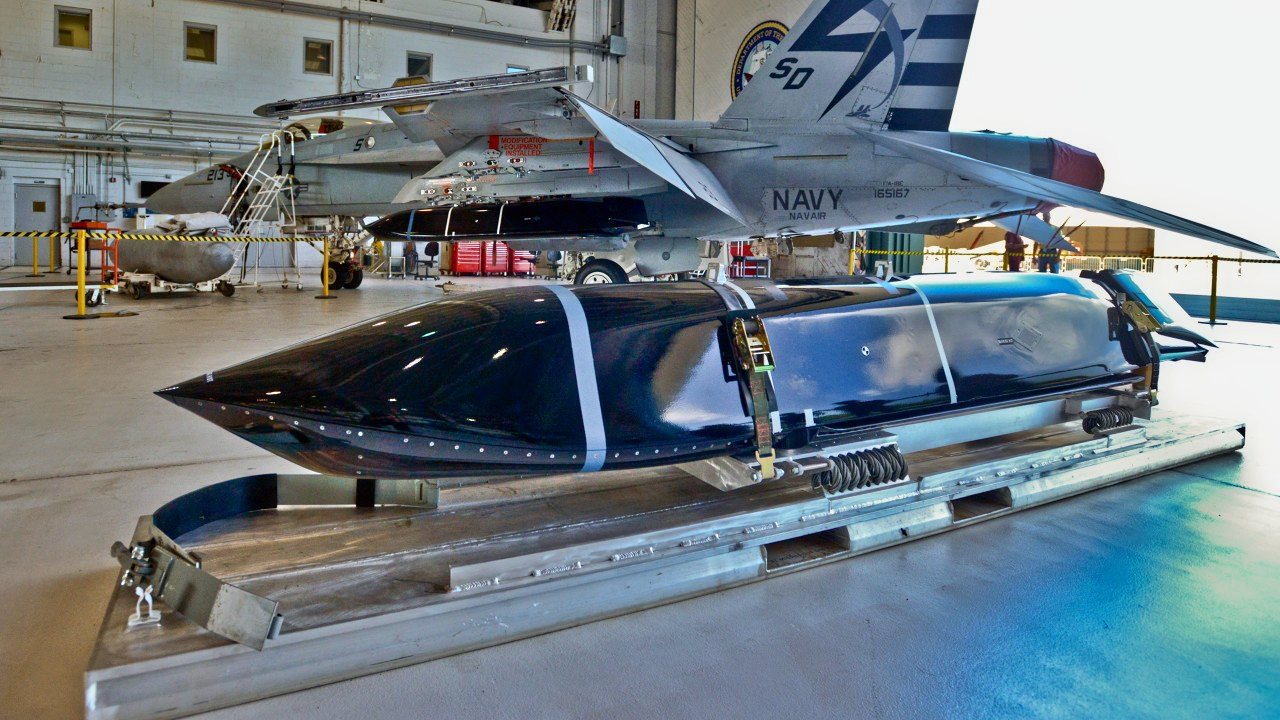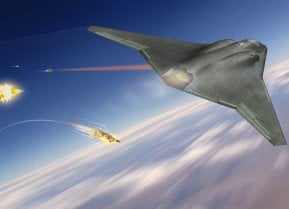LRASM: The U.S. Military's 'Stealth Munition' That Has China Freaked Out
The recent successful demonstration of the Long-Range Anti-Ship Missile (LRASM) during the RIMPAC military exercises near Hawaii has sent a clear signal to China regarding the U.S. military's capability to counter China's anti-access/area-denial (A2/AD) systems.
Summary and Key Points: The recent successful demonstration of the Long-Range Anti-Ship Missile (LRASM) during the RIMPAC military exercises near Hawaii has sent a clear signal to China regarding the U.S. military's capability to counter China's anti-access/area-denial (A2/AD) systems.
-Developed by Lockheed Martin and DARPA, the LRASM is a stealth missile designed for precision targeting, even in electronically degraded environments.
-With a range of 200 nautical miles, the missile can be launched from various U.S. aircraft, including the F/A-18F Super Hornet and the B-2 Spirit bomber.
LRASM: The Stealth Missile Is Here
The LRASM's advanced features, including GPS navigation, infrared sensors, and the ability to evade countermeasures, make it a crucial tool in restoring naval deterrence against China. Despite its high cost, the missile is seen as a vital asset in the U.S. military's strategy to maintain dominance in the Indo-Pacific region.
A recent successful demonstration of a new stealth missile at the annual RIMPAC military exercises near Hawaii has got the world on notice.
Fired from an F/A-18F Super Hornet belonging to the U.S. Navy, the Long-Range Anti-Ship Missile (LRASM), a weapon developed by Lockheed Martin and DARPA, is meant to send a clear message to China.
That message is that despite China’s anti-access/area-denial (A2/AD) capabilities, the U.S. military can still threaten Chinese forces – and that threat can come from over the horizon as never before.
The Specs
DARPA began researching the LRASM capability around 2009. Navy anti-ship missiles such as the Harpoon were getting old – the technological progress of America’s adversaries meant the Harpoon would eventually be outdated. By incorporating stealth technology and adding longer-range capabilities and advanced autonomous targeting, the U.S. military was trying to stay ahead of their adversaries.
America retains considerable (though declining) advantages in the strategic high ground of space. One major asset the Americans have developed over the years has been the Global Positioning System. Indeed, most U.S. military weapons and platforms require access to GPS to function properly. The LRASM leverages this advantage, making the weapon’s targeting more precise. It then fuses GPS navigational capabilities with a multi-modal sensor network. In other words, there’s no way an enemy is getting away from this weapon – unless that enemy first knocks out the GPS satellite constellation.
There’s more going on with this incredible weapon, too.
The LRASM has an additional infrared sensor system that allows for even greater target acquisition. These weapons can reportedly operate in significantly electronically degraded environments as well. What’s more, this “stealth missile” can evade countermeasures and avoid decoys by making radical course corrections.
LRASM’s successful tests at the recent RIMPAC exercises show it as the best conventional strike missile the Americans have developed.
It has been suggested that the LRASM has a range of 200 nautical miles, meaning this weapon can reach deep inside Chinese-held territory in the Indo-Pacific, if need be. The hope among U.S. military planners is that the LRASM system can restore naval deterrence, which has been destabilized by the rapid military advances at sea of American rivals such as China.
To China, With Love
The fact that the Navy tested the LRASM during RIMPAC should tell readers all they need to know about who was the intended recipient of the message sent.
This weapon can be popped off from multiple warplanes in the American fleet – everything from the aforementioned F/A-18E/F Super Hornet, the workhorse of the U.S. Navy’s air warfare capability, and the Air Force’s B-2 Spirit long-range stealth bomber. Further, the Navy is working to make the LRASM interoperable with allied militaries.

Specifically, the Australians, who have become a principal partner in the U.S. military’s quest to deter and contain China’s rise, have opted to integrate the LRASM into their forces.
The LRASM is not cheap, however.
According to Air & Space Forces Magazine, the LRASM is appraised at “$3.24 million per round, while the five-year buy reduces that unit cost slightly to $3.22 million per missile.”
For a missile system, that is expensive. But with two branches of the U.S. military using this system, and an allied nation jumping into the program as well, costs should come down in the long run.
The LRASM is one of the solutions to overcoming China’s A2/AD advantages. If a war were to erupt soon, the LRASM is one of only a handful of systems that the U.S. military can reliably deploy to defeat China.
Instead of blowing limited funds on things like a sixth-generation warplane for the Air Force, or the F/A-XX program for the Navy, maybe the Pentagon should reroute those funds toward building a massive arsenal of LRASM systems.
Author Experience and Expertise: Brandon J. Weichert
Brandon J. Weichert, a National Interest national security analyst, is a former Congressional staffer and geopolitical analyst who is a contributor at The Washington Times, the Asia Times, and The-Pipeline. He is the author of Winning Space: How America Remains a Superpower, Biohacked: China’s Race to Control Life, and The Shadow War: Iran’s Quest for Supremacy. His next book, A Disaster of Our Own Making: How the West Lost Ukraine, is due October 22 from Encounter Books. Weichert can be followed via Twitter @WeTheBrandon.
All images are Creative Commons or Shutterstock.
From the Vault
Russia Freaked Out: Why the U.S. Navy 'Unretired' the Iowa-Class Battleships
Battleship vs. Battlecruiser: Iowa-Class vs. Russia's Kirov-Class (Who Wins?)


